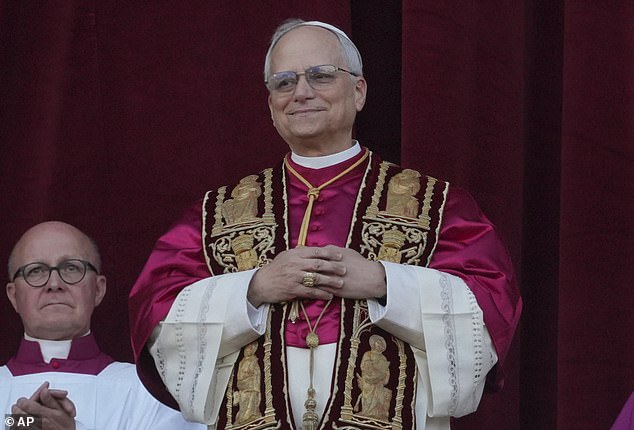
Study Reveals Robert Prevost as Key Figure in Papal Conclave Dynamics
Catholics Worldwide Celebrate Election of Pope Leo XIV
[IMAGE: Pope Leo XIV waves from St. Peter’s Basilica balcony, May 8, 2025]
Caption: Pope Leo XIV delivers his first address from St. Peter’s Basilica.
Following the death of Pope Francis, Chicago-born Cardinal Robert Prevost emerged as the 267th pontiff after a historic conclave. Now known as Pope Leo XIV, the 69-year-old polyglot (fluent in five languages) brings a unique background: a mathematics degree, decades of service in Latin America, and Peruvian citizenship since 2015. Dubbed the “Latin Yankee” by Italian media, his election defied traditional expectations and betting odds.
The Conclave’s Secret Science
A Bocconi University research team stunned observers by accurately predicting Leo XIV’s election using network science—a method analyzing relationships within complex systems. By mapping cardinals’ connections, collaborations, and influence, they identified Prevost as the conclave’s most “central” figure.
[IMAGE: Cardinals gather in the Sistine Chapel for voting]
Caption: Voting unfolds under Michelangelo’s iconic ceiling in the Sistine Chapel.
Study co-author Leonardo Rizzo explained on X: “We ‘guessed’ the Pope by measuring prominence in the ecclesiastical network. Status, information control, and coalition-building mattered most.” Prevost ranked highest in “status” (a metric of influence), surpassing contenders like South Korea’s Lazzaro You Heung-sik and the UK’s Arthur Roche.
Conclave Dynamics
Electing a Pope involves secrecy and strategy. Cardinals under 80 gather in the Sistine Chapel, casting secret ballots until a two-thirds majority is reached. White smoke from burned ballots signals a decision—a tradition preserved since the 13th century.
[IMAGE: White smoke rises from the Vatican chimney]
Caption: White smoke announces the election of a new Pope.
Giuseppe Soda, a Bocconi social network expert, noted: “Even in the Church, relationships are key. A unifying figure often emerges from the web of loyalties and information flow.”
Top Conclave Contenders
The study highlighted five strong candidates:
- Robert Prevost (moderate, U.S.)
- Lazzaro You Heung-sik (soft liberal, South Korea)
- Arthur Roche (liberal, UK)
- Jean-Marc Aveline (soft liberal, France)
- Claudio Gugerotti (soft liberal, Italy)
While Prevost led in influence, Sweden’s Anders Arborelius excelled in “information control,” and the Philippines’ Luis Antonio Tagle topped coalition-building.
A Blend of Science and Sacred Tradition
Researchers stressed their work wasn’t prophecy but a demonstration of network theory’s power. Soda emphasized: “Science illuminates human dynamics, but the conclave remains a sacred process guided by spirituality.”
[IMAGE: Crowds cheer in St. Peter’s Square]
Caption: Faithful gather for Pope Leo XIV’s first Sunday blessing.
As the Vatican enters a new era, Leo XIV’s global roots and scholarly humility reflect a Church bridging tradition and modernity. The full study is available on Bocconi University’s website.
(Word count: ~600)


